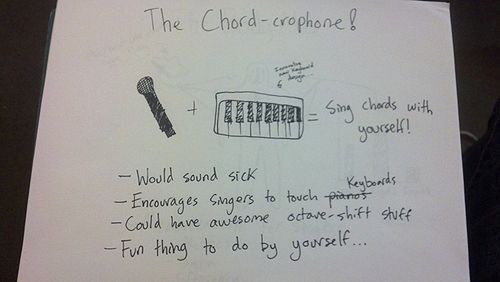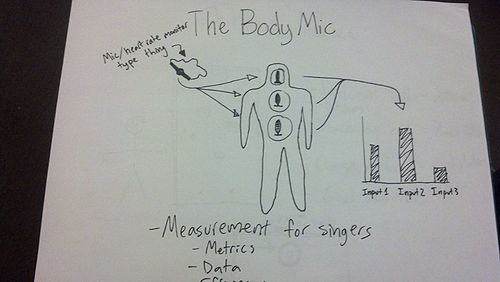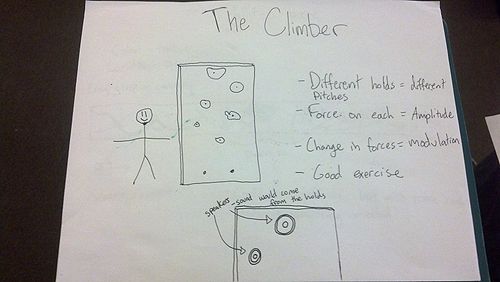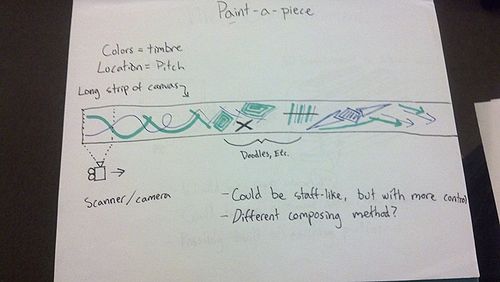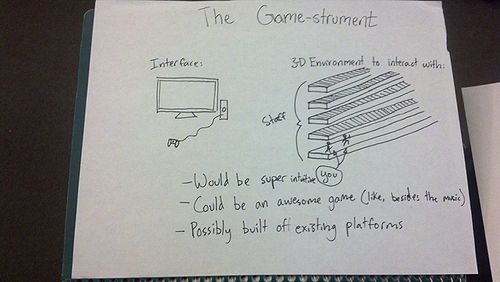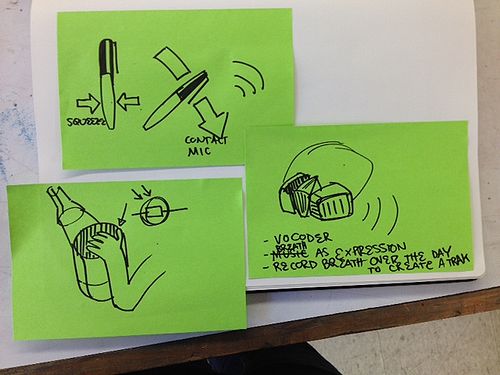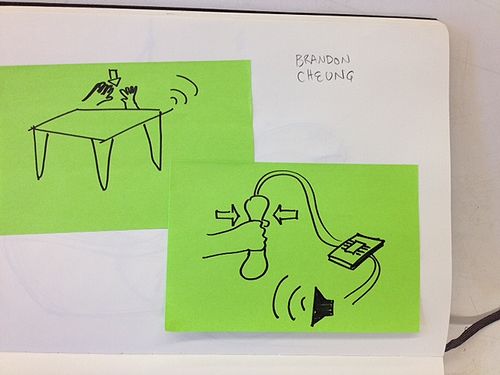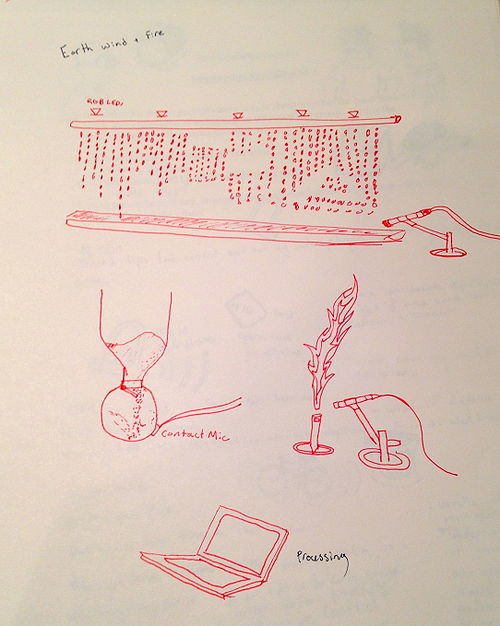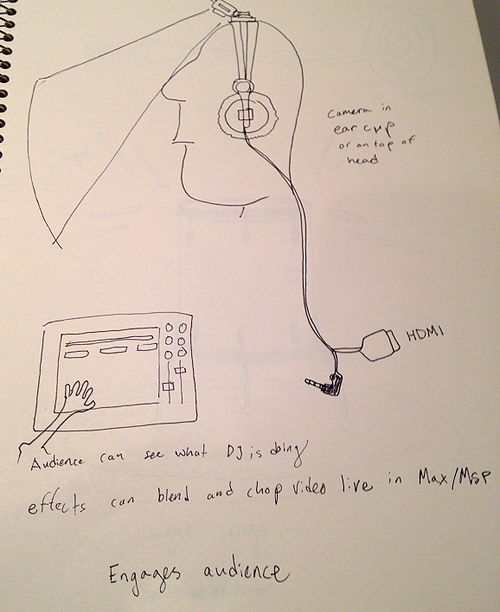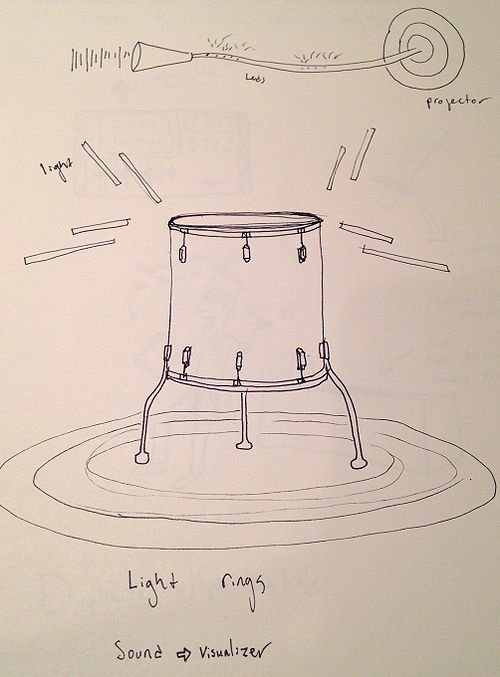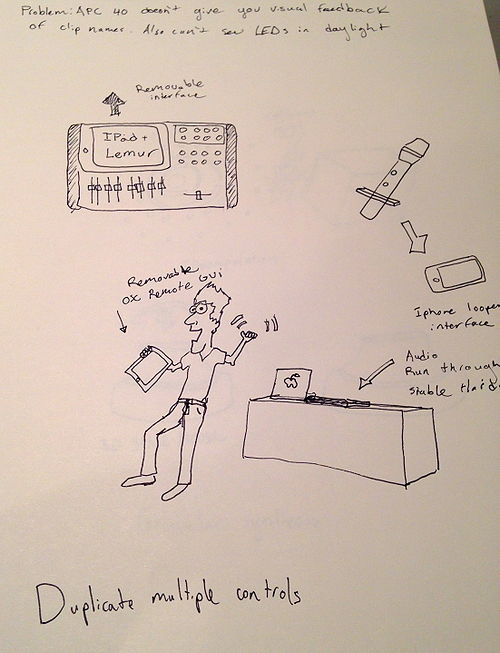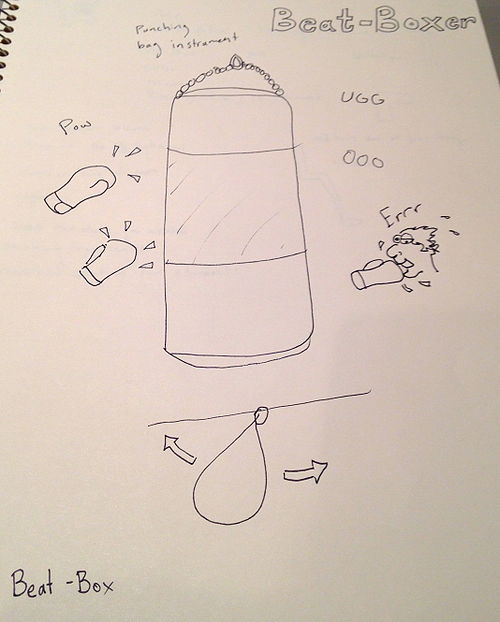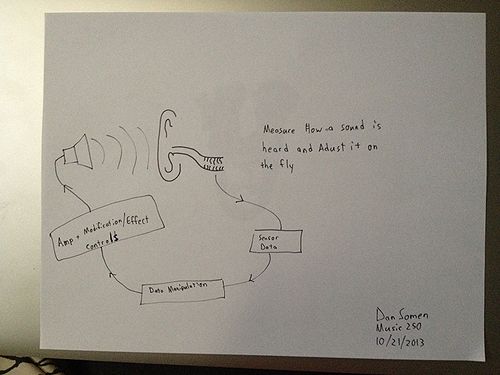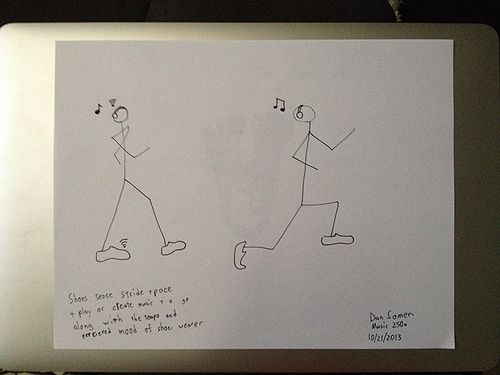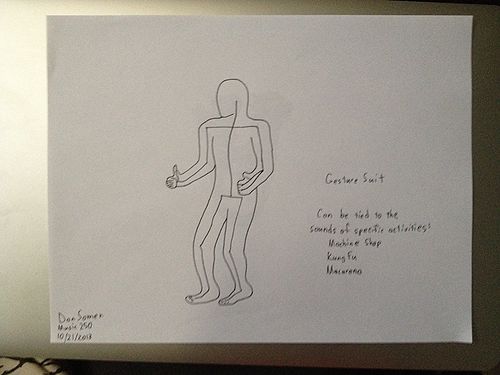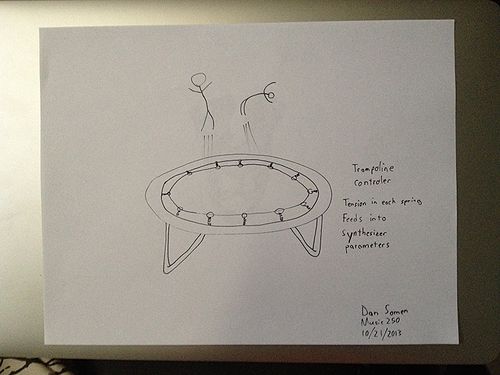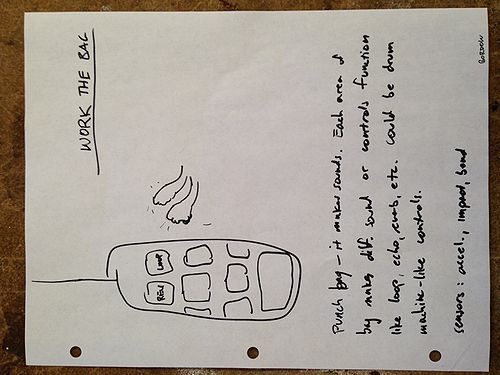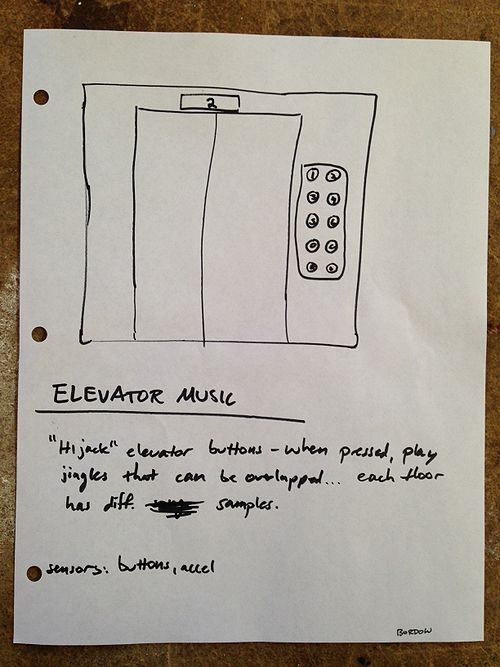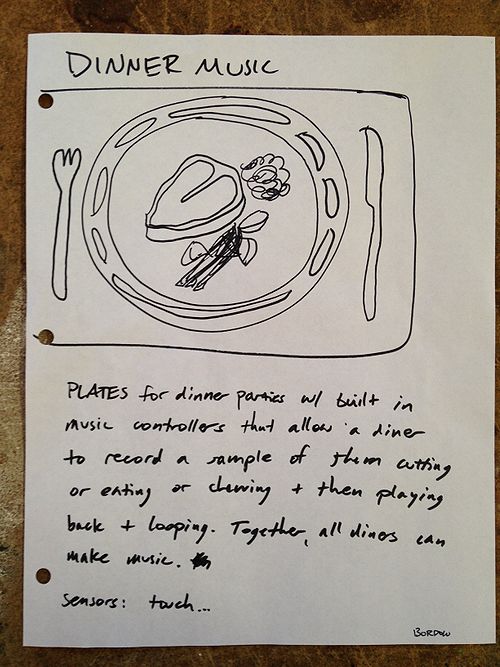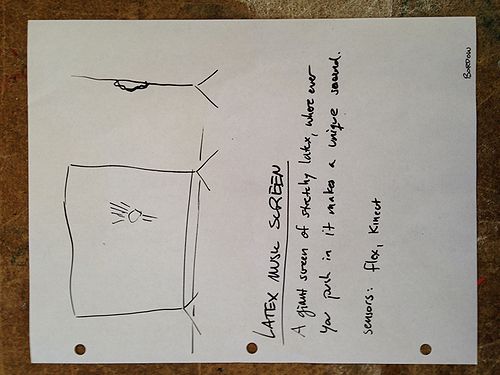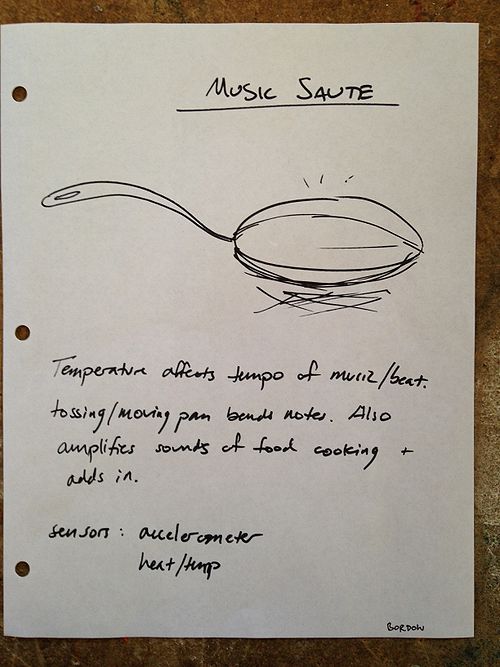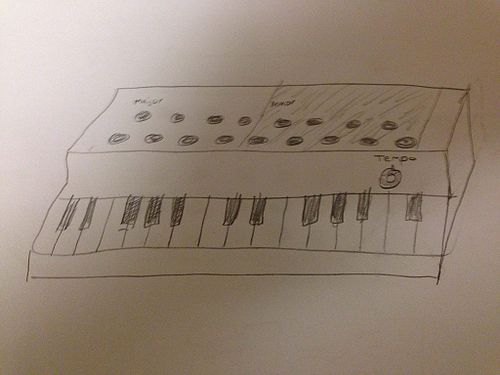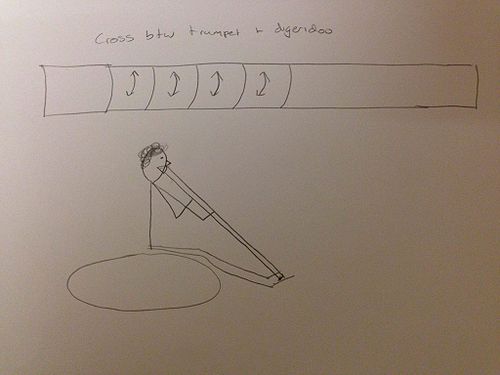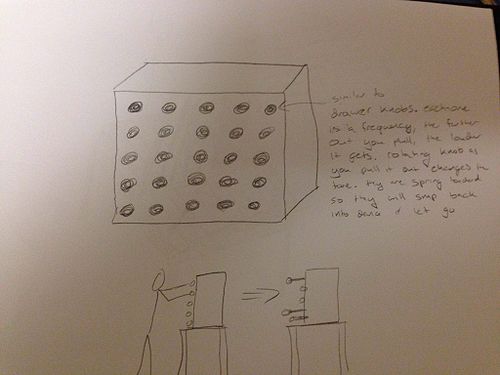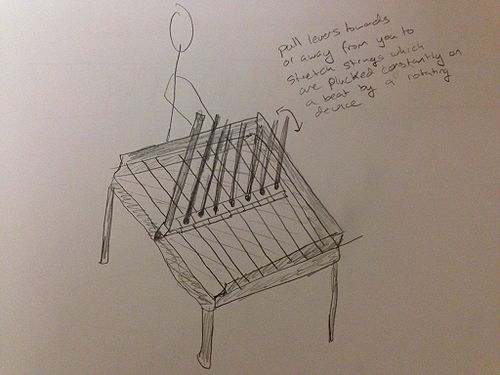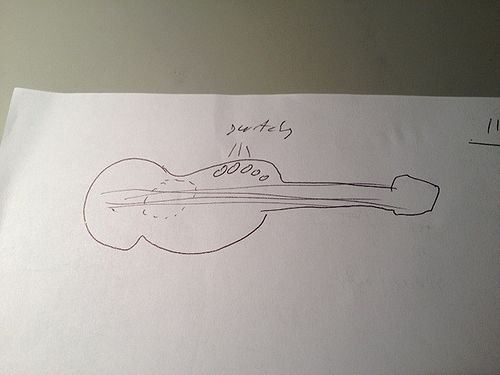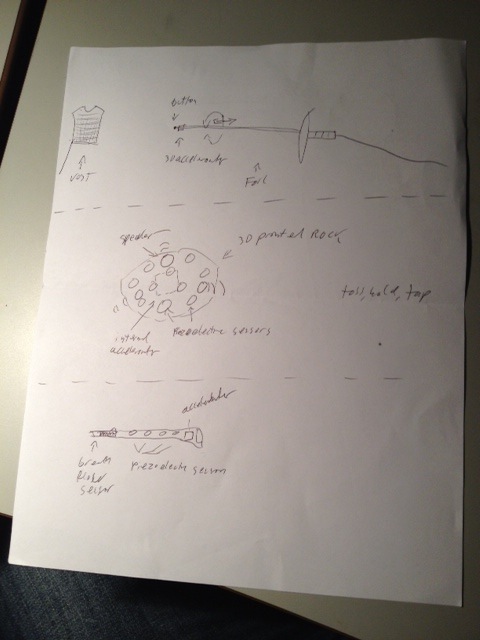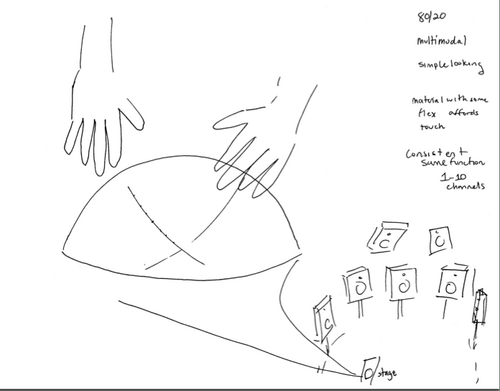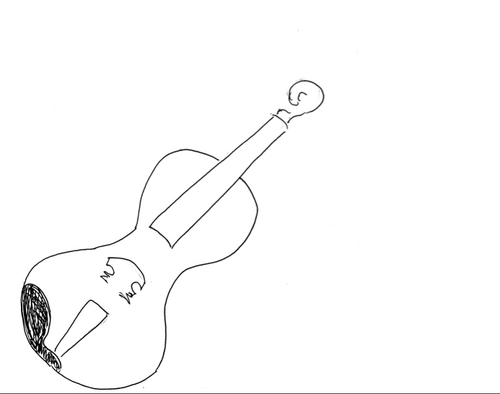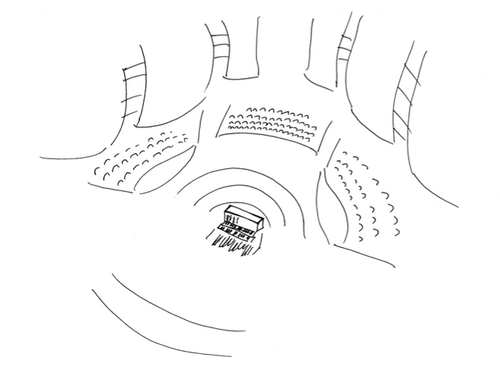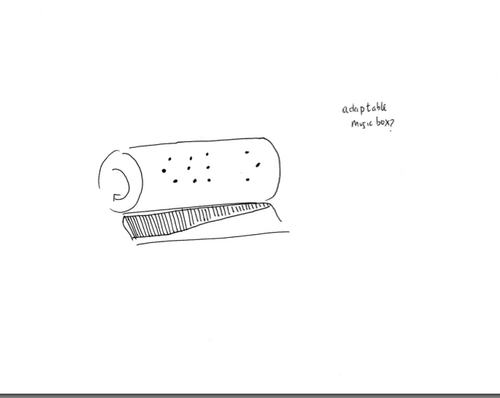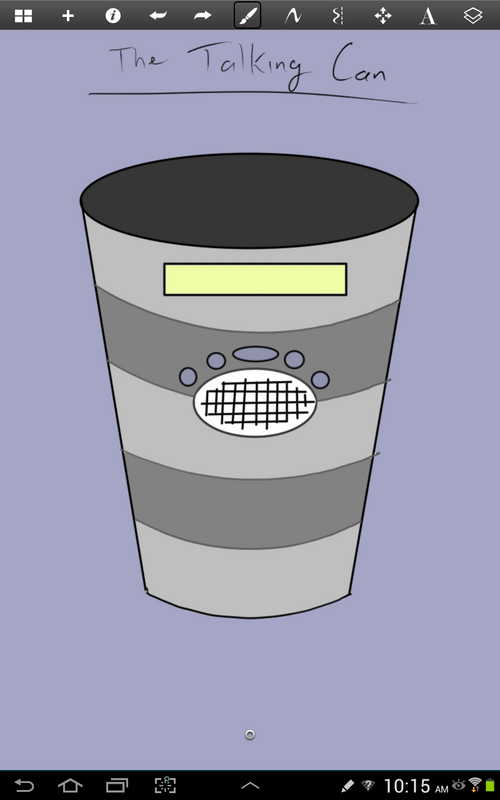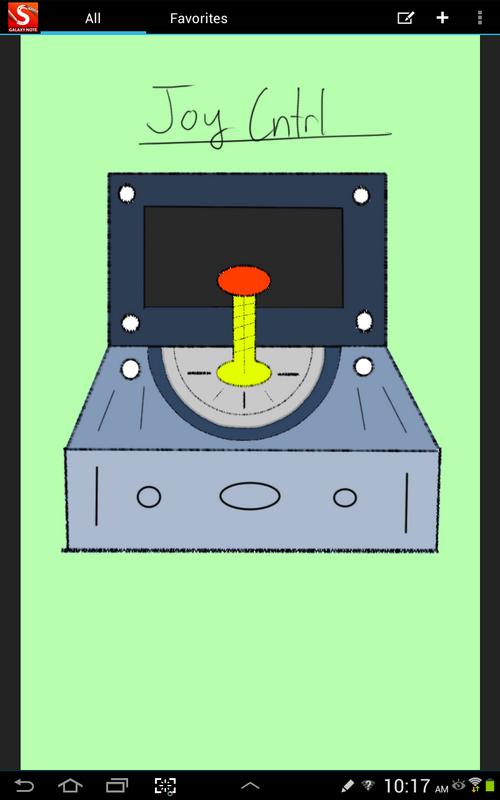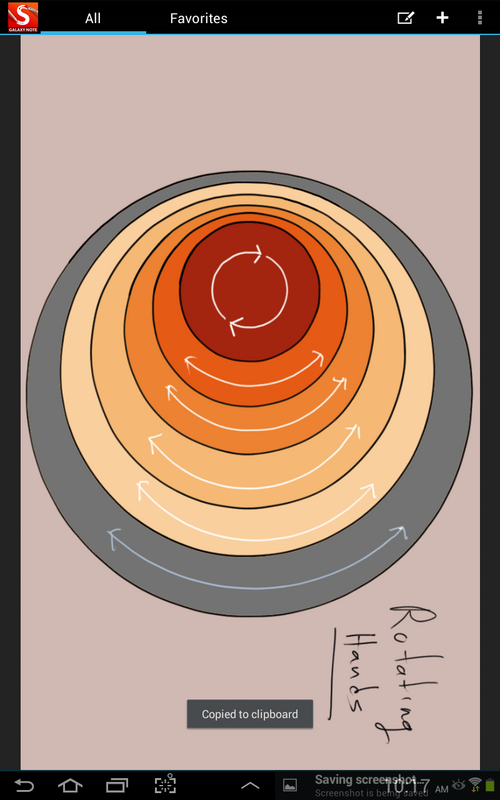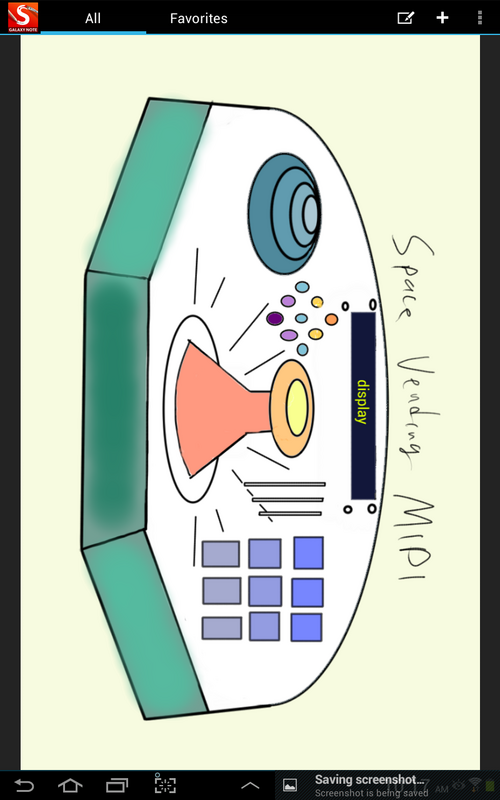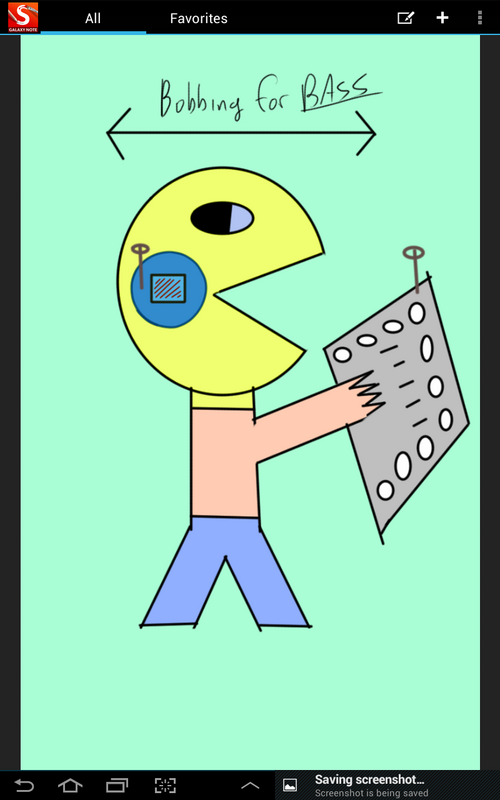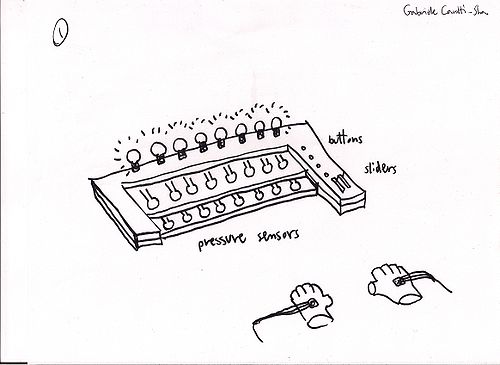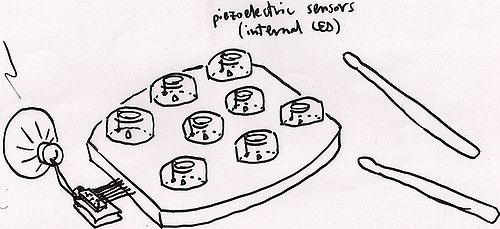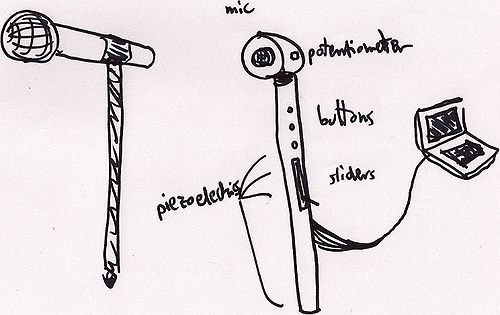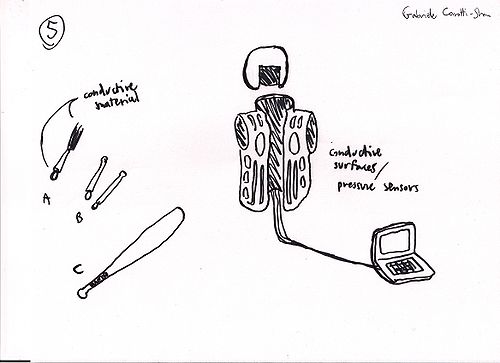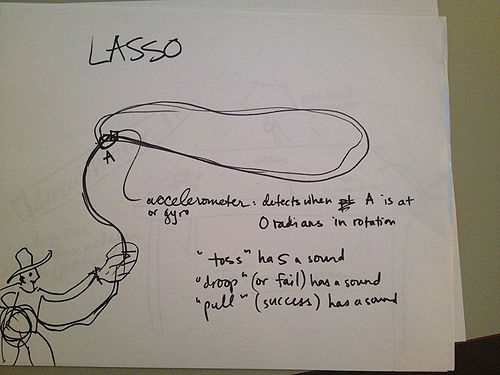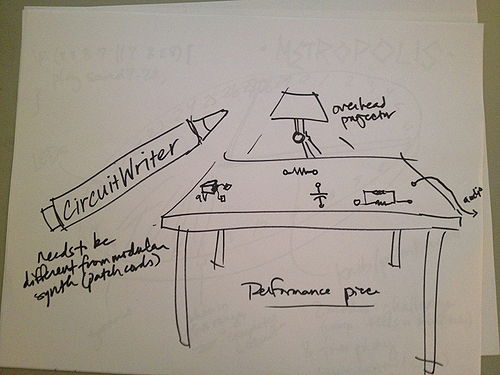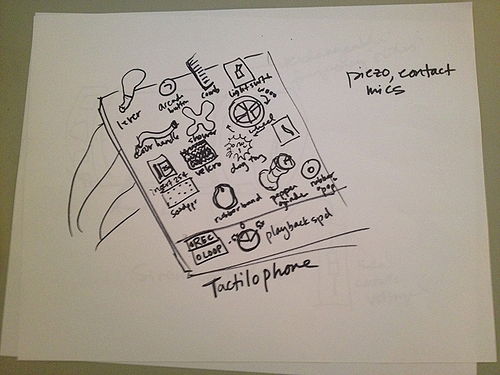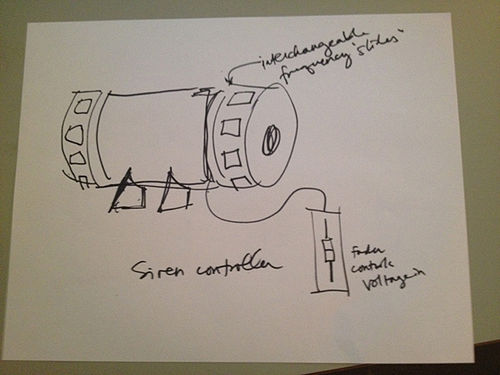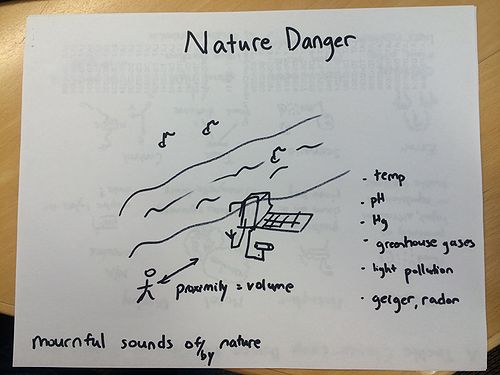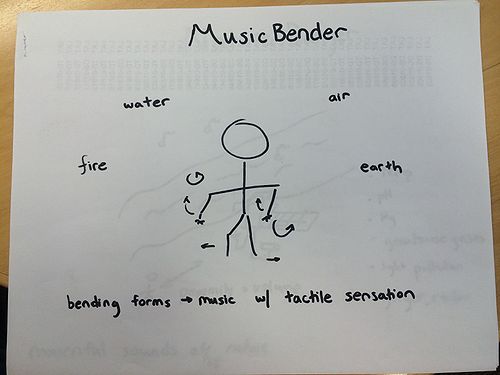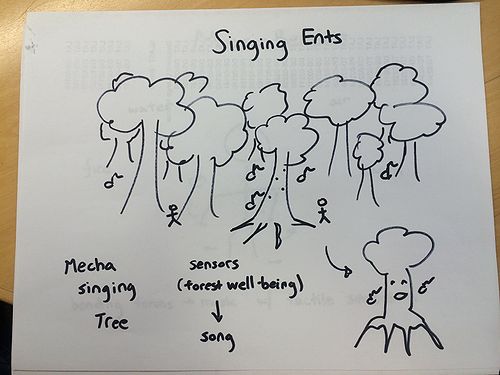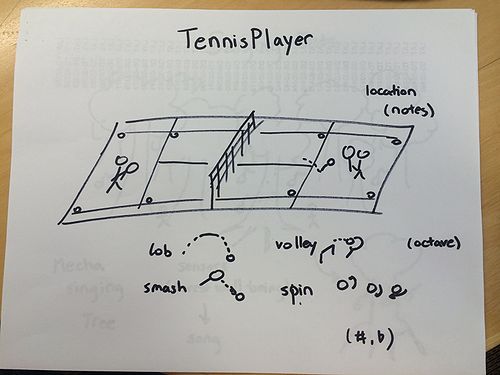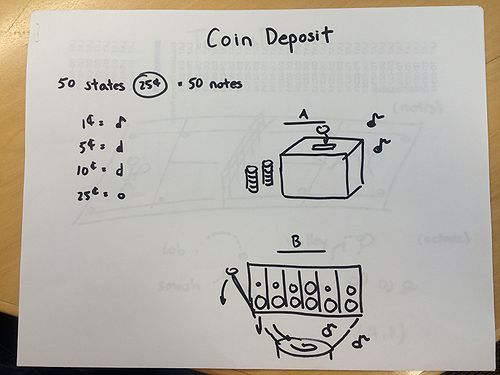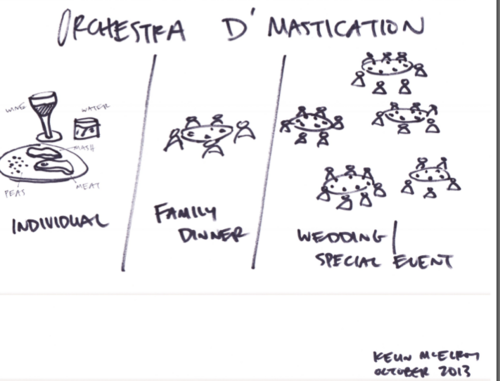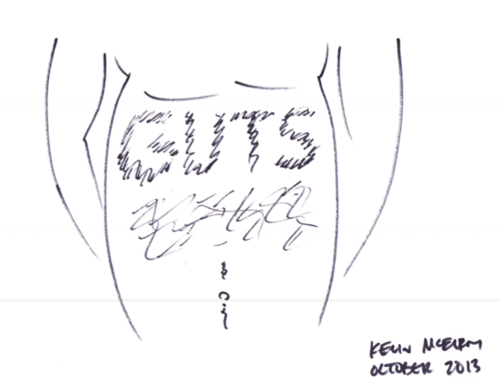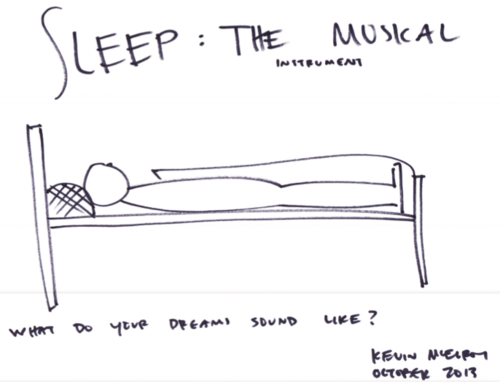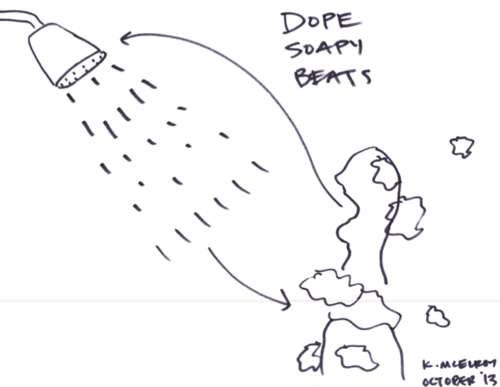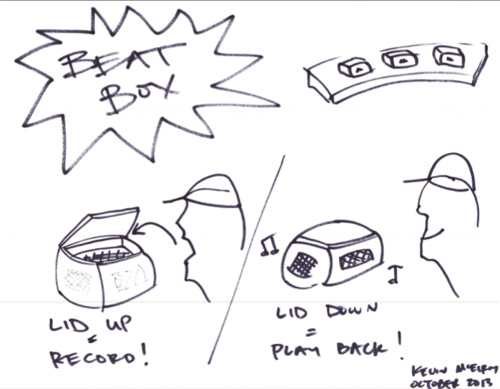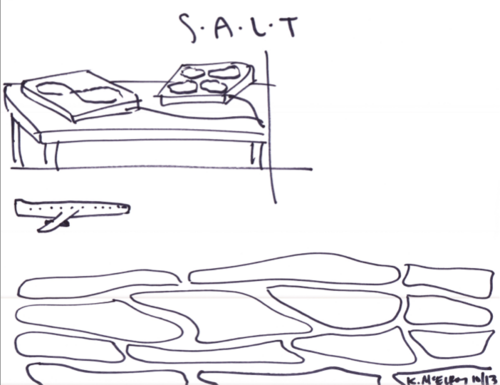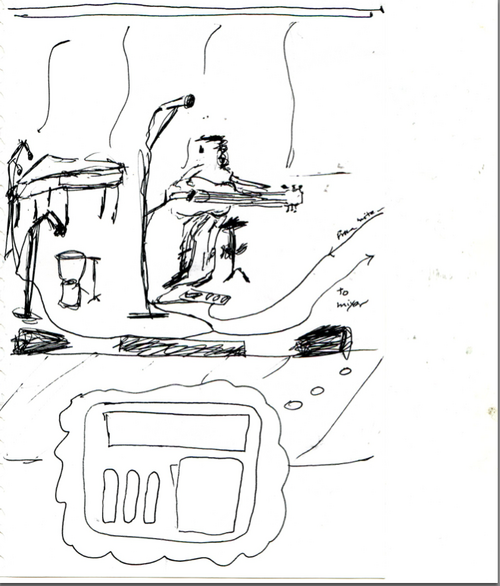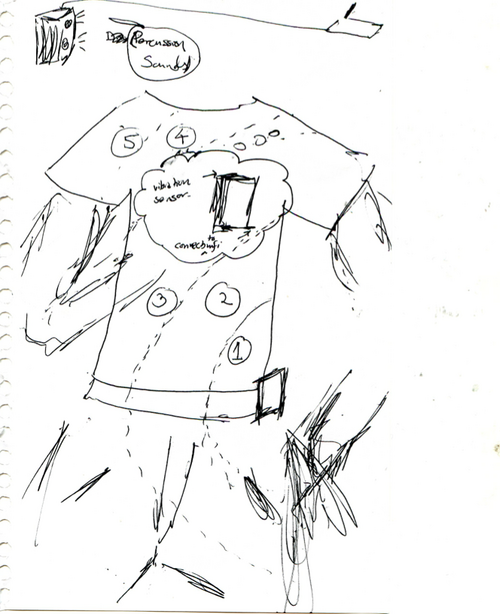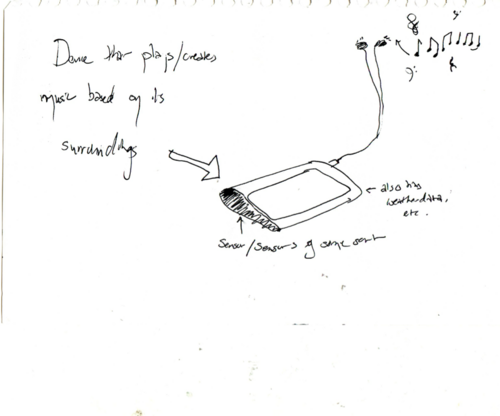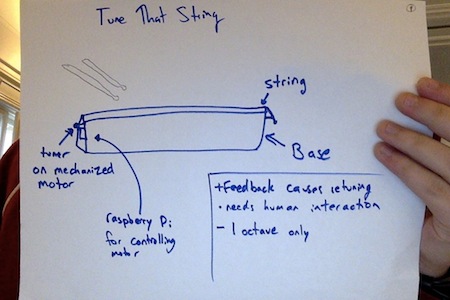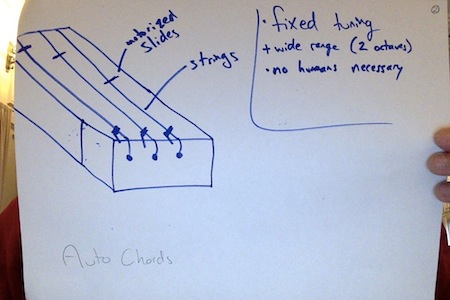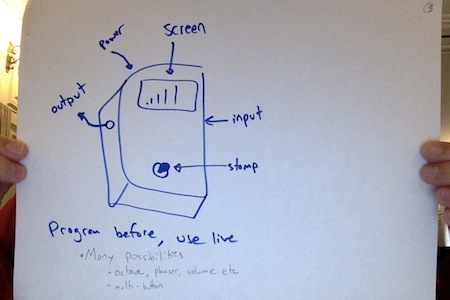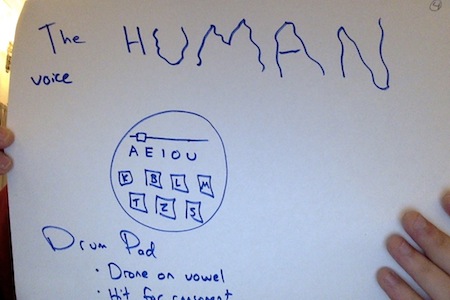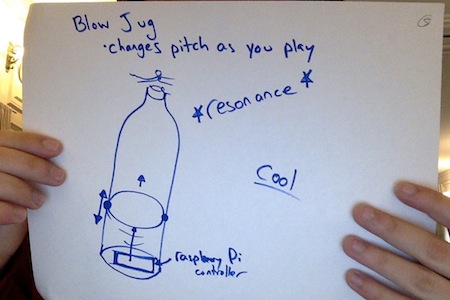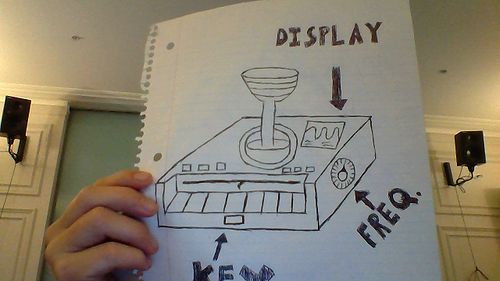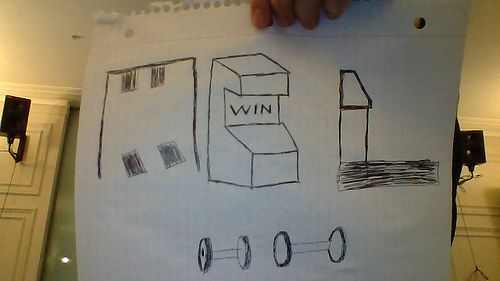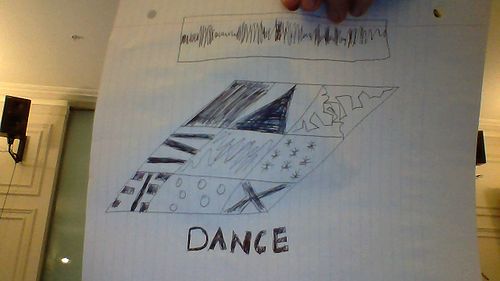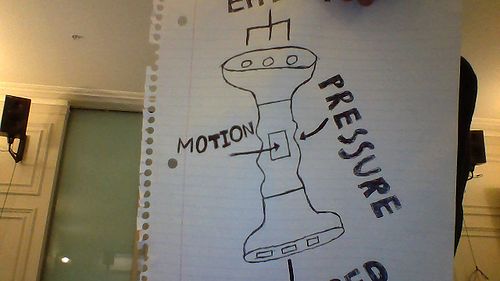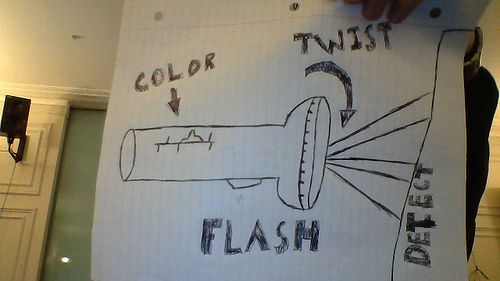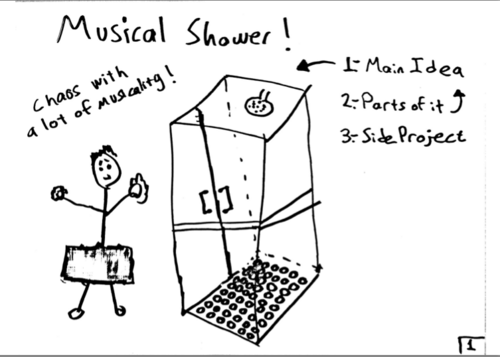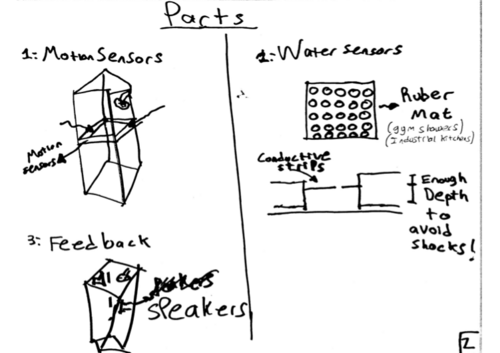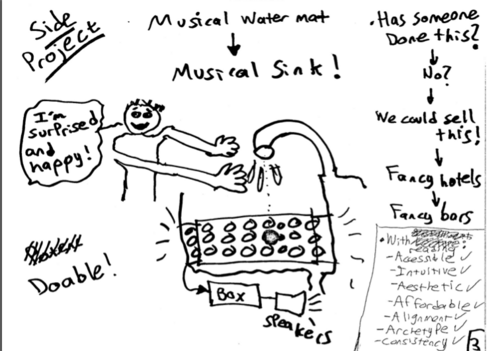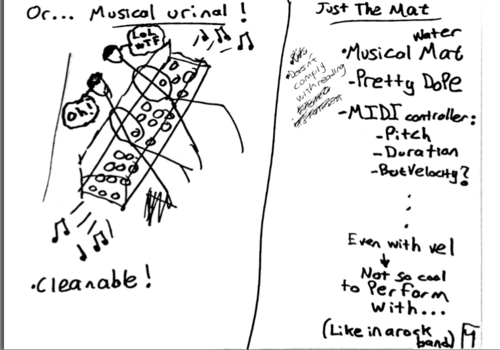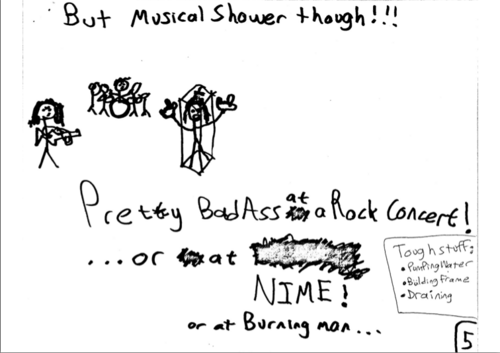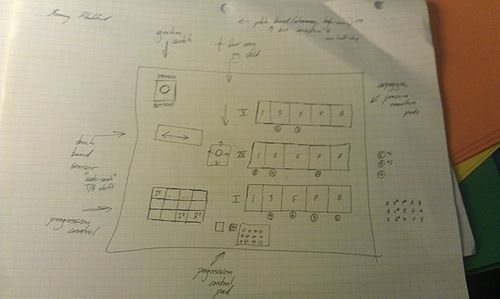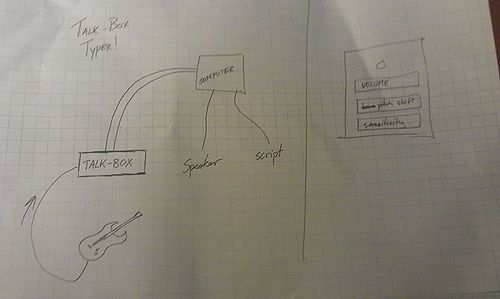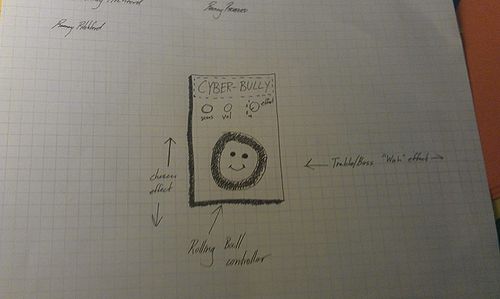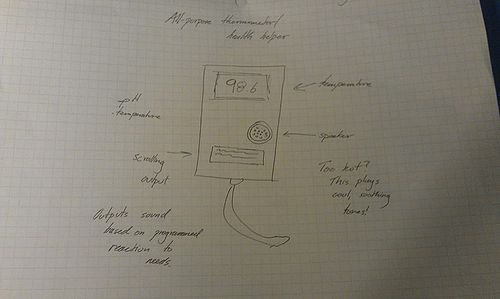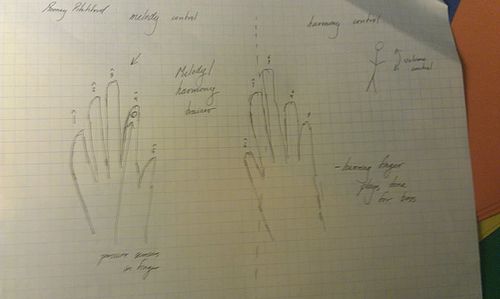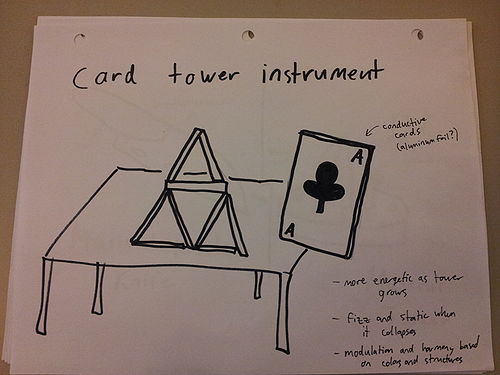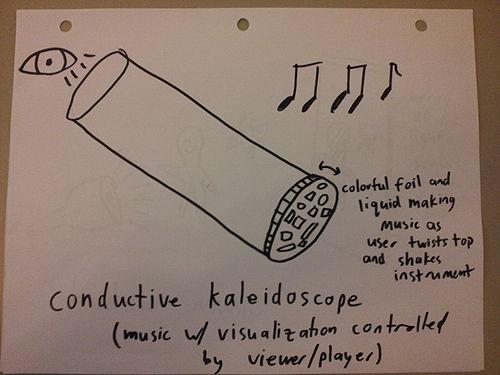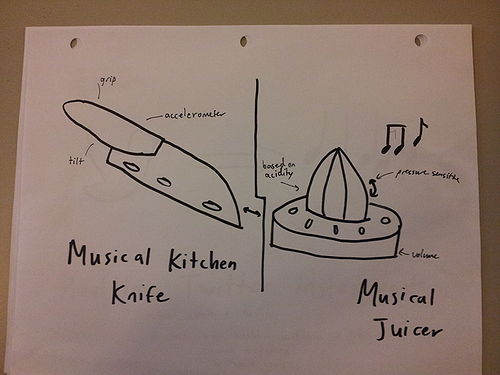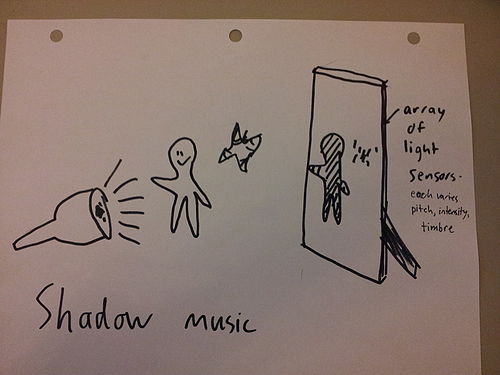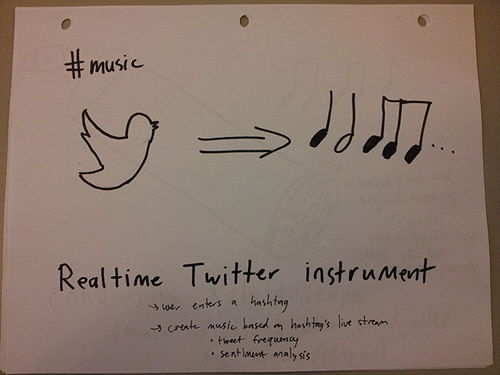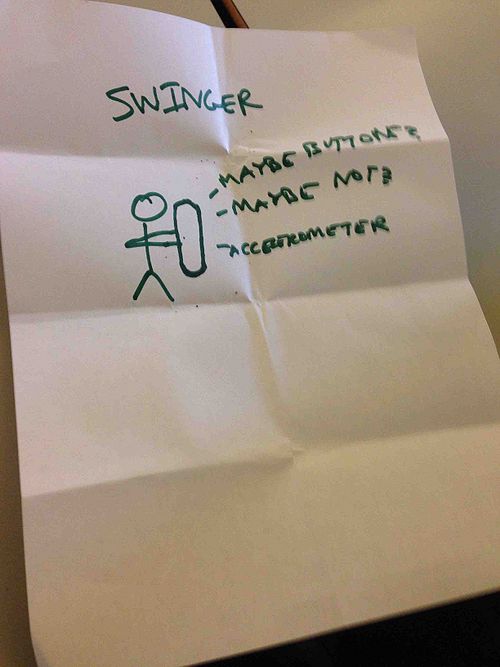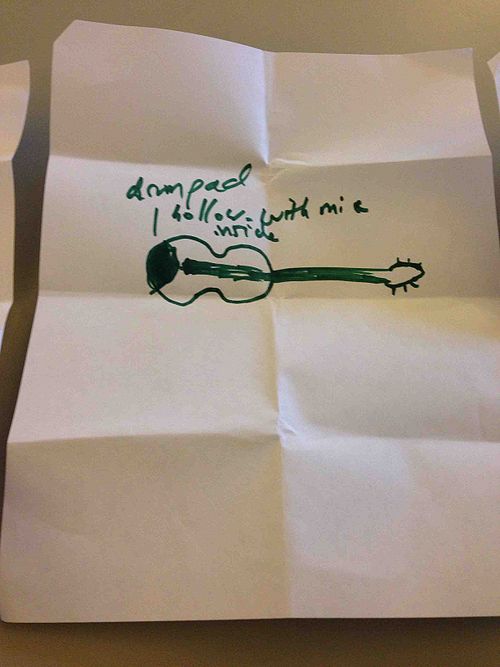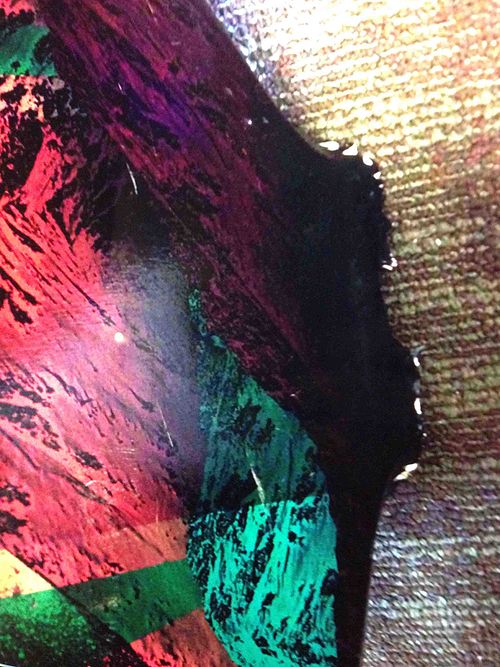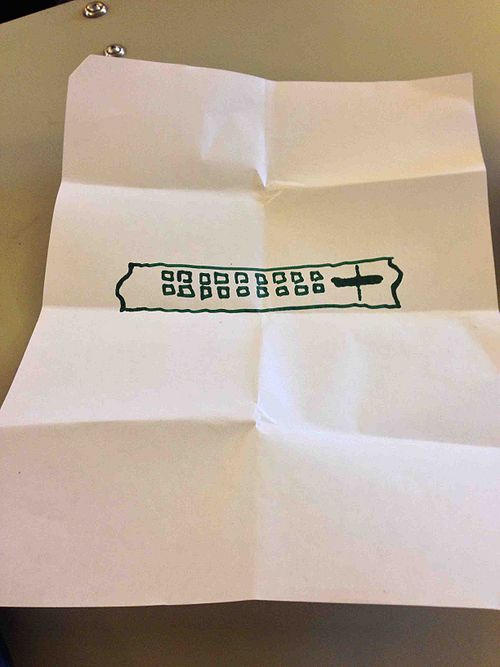Difference between revisions of "250A FirstIdeas 2013"
m |
|||
| (5 intermediate revisions by 4 users not shown) | |||
| Line 238: | Line 238: | ||
==Dan Somen== | ==Dan Somen== | ||
| + | |||
| + | General cool stuffz | ||
| + | |||
| + | http://makezine.com/2011/04/24/vibratron-robot-makes-music-using-steel-balls/ | ||
| + | |||
| + | CAPTURED! by Robots: | ||
| + | http://www.youtube.com/watch?v=iyOzcg7liVc | ||
| + | |||
| + | |||
[[File:DanSomen1.JPG|500px]] | [[File:DanSomen1.JPG|500px]] | ||
| Line 410: | Line 419: | ||
==Elliot Kermit-Canfield== | ==Elliot Kermit-Canfield== | ||
| + | |||
| + | [[File:EliotKermit1.jpg|500px]] | ||
| + | |||
| + | Research/Comments: | ||
| + | |||
| + | |||
| + | |||
| + | |||
| + | |||
| + | [[File:EliotKermit2.jpg|500px]] | ||
| + | |||
| + | Research/Comments: | ||
| + | |||
| + | |||
==Emily Graber== | ==Emily Graber== | ||
| Line 637: | Line 660: | ||
Research/Comments: | Research/Comments: | ||
| + | This builds off of / is in a similar vein to http://www.nime.org/proceedings/2006/nime2006_079.pdf which uses magnets and electromagnets for tactile interaction. | ||
| + | |||
| + | Sensors -- | ||
| + | magnetic hall effect sensor for magnetic fields https://www.sparkfun.com/products/9312 | ||
| + | or magnetometer instead https://www.sparkfun.com/products/9757 | ||
| + | could use an IR sensor to improve directional accuracy https://www.sparkfun.com/products/10266 | ||
| + | |||
| + | Actuator (similar other work) -- | ||
| + | glove or hand held magnet like in the NIME paper, or we could use an electromagnet as the controller as well such as http://www.instructables.com/id/Electromagnet-Superhero-Glove/?ALLSTEPS | ||
| + | easy reminder on making electromagnets, http://www.instructables.com/id/Electromagnet-3/?ALLSTEPS | ||
| + | interesting, somewhat tangential, http://www.instructables.com/id/Electromagnetic-Floater/?ALLSTEPS | ||
| + | |||
| + | Steps -- | ||
| + | 1) magnet or electromagnet handheld or glove controller/actuator. optional: IR led for improving directionality | ||
| + | 2) hanging, or stand based magnets or electromagnets that correspond to notes, chords, etc | ||
| + | 3) tactile resistance in moving your controller towards (or away if all magnets are electromagnets) | ||
| + | 4) if fixed sound magnet elements, can play by moving towards and away the corresponding objects. | ||
| Line 963: | Line 1,003: | ||
[http://www.google.com/imgres?imgurl=http://1.bp.blogspot.com/-6DHpffswOJ4/TcAuGSqRjFI/AAAAAAAAAAY/paMEj7n7ybE/s1600/triz-spotted-thermochromic-urinal.jpg&imgrefurl=http://spottriz.blogspot.com/2011/05/triz-spotted-convert-harm-into-benefit.html&h=520&w=700&sz=39&tbnid=XAY9wPRNRdDRWM:&tbnh=90&tbnw=121&zoom=1&usg=__TOy03GbO9ISxsCavaE6E4BrLQZg=&docid=1G_s9cYk_0gA9M&sa=X&ei=MWZpUqusOuWciQLnm4CABw&ved=0CDoQ9QEwAg Thermochromic paint pee] | [http://www.google.com/imgres?imgurl=http://1.bp.blogspot.com/-6DHpffswOJ4/TcAuGSqRjFI/AAAAAAAAAAY/paMEj7n7ybE/s1600/triz-spotted-thermochromic-urinal.jpg&imgrefurl=http://spottriz.blogspot.com/2011/05/triz-spotted-convert-harm-into-benefit.html&h=520&w=700&sz=39&tbnid=XAY9wPRNRdDRWM:&tbnh=90&tbnw=121&zoom=1&usg=__TOy03GbO9ISxsCavaE6E4BrLQZg=&docid=1G_s9cYk_0gA9M&sa=X&ei=MWZpUqusOuWciQLnm4CABw&ved=0CDoQ9QEwAg Thermochromic paint pee] | ||
| − | + | ||
==Rooney Pitchford== | ==Rooney Pitchford== | ||
| + | |||
| + | [[File:demonbluesmachine.jpg|500px]] | ||
| + | |||
| + | Research/Comments: | ||
| + | |||
| + | [[File:talkbox.jpg|500px]] | ||
| + | |||
| + | Research/Comments: | ||
| + | |||
| + | [[File:cyberbully.jpg|500px]] | ||
| + | |||
| + | Research/Comments: | ||
| + | |||
| + | [[File:thermom.jpg|500px]] | ||
| + | |||
| + | Research/Comments: | ||
| + | |||
| + | [[File:magichands.jpg|500px]] | ||
==Sophia Westwood== | ==Sophia Westwood== | ||
Latest revision as of 17:51, 27 October 2013
Contents
- 1 Parameters of Musical Instrument/Controller Design
- 2 Danger Zones
- 3 Alon Devorah
- 4 Andrew Forsyth
- 5 Brandon Cheung
- 6 Brie Bunge
- 7 Cooper Newby
- 8 Dan Somen
- 9 David Bordow
- 10 David Grunzweig
- 11 Elliot Kermit-Canfield
- 12 Emily Graber
- 13 Erich Peske
- 14 Gabriele Carotti-Sha
- 15 Gina Collecchia
- 16 Justin Li
- 17 Kevin McElroy
- 18 Kunal Datta
- 19 Micah Arvey
- 20 Michael Mendoza
- 21 Pablo Castellanos Macin
- 22 Rooney Pitchford
- 23 Sophia Westwood
- 24 Zach Saraf
Parameters of Musical Instrument/Controller Design
Teaches you something
Jammability/Plays well with others
Coolness for Musician/Garners Attention
Sense of Humor/Surprise
Dance while playing
unique sound
does something the human body can't do
souvenier
awareness augmentuation
Ritual
Ritual/Play
Community
Learnability/Hope
Looks - allignment with purpose
Appropriate resonator
Tactile feel and quality
Tactile feedback for precision
Gesture influenced timbre and dynamics
Precision of notes
Extendability and flexibility
Durability
Ease of Use
Fun
Availability
Context in Daily Life
Rock and Roll
Expressivity
Sense of Wonder
Pressure Sensitivity
Dynamic Range
Musical Range
Good Sensors
Value
Robustness
Control
Affordability
Portability
Modularity
Personalization
Danger Zones
Technology Failure
Moving parts
Temperature/light humidity, noise, electronic field instability
Long metal or long cables
Physics
Feature Creep
One-off parts
Overextension of:
computer power
time
$
skills
==Minimum Viable Product
Need
Want
Nice to have
Alon Devorah
Andrew Forsyth
Research/Comments:
http://en.wikipedia.org/wiki/Vocoder
Research/Comments:
Research/Comments:
Research/Comments:
Research/Comments:
Brandon Cheung
Research/Comments:
I found 2 sort of related papers.
First is a Frequency content of Breath Pressure -- http://www.nime.org/proceedings/2005/nime2005_093.pdf
And then, another project which doesn't use a mask, but does visual based visualization of breathing -- http://www.nime.org/proceedings/2009/nime2009_153.pdf
Research/Comments:
Brie Bunge
Cooper Newby
Research/Comments:
And water? Visually, I couldn't find the Rain Writer piece you mentioned, but the MOMA has the rain room http://www.moma.org/visit/calendar/exhibitions/1380
This NIME paper http://www.nime.org/proceedings/2001/nime2001_034.pdf also has a section (the middle one) about water as a sound controller.
Research/Comments:
Research/Comments:
Research/Comments:
Research/Comments: Space Mouse Driver
Research/Comments:
Dan Somen
General cool stuffz
http://makezine.com/2011/04/24/vibratron-robot-makes-music-using-steel-balls/
CAPTURED! by Robots: http://www.youtube.com/watch?v=iyOzcg7liVc
Research/Comments:
Research/Comments:
Research/Comments:
Cruise Control is an app that tracks a runner's cadence and plays music with a matching tempo.
http://www.gizmag.com/cruise-control-running-music-app/25715/
http://www.cruisecontrolrun.com/
Research/Comments:
Imogen Heap's musical suit
http://www.wired.co.uk/news/archive/2012-10/29/imogen-heap
Materials Spandex BodySuit http://www.amazon.com/gp/product/B007AISF7K/ref=s9_simh_gw_p193_d0_i1?pf_rd_m=ATVPDKIKX0DER&pf_rd_s=center-2&pf_rd_r=116JA0MF0NSRV4JJGM4B&pf_rd_t=101&pf_rd_p=1630072222&pf_rd_i=507846
Accelerometers
Flex Sensors
Force Sensors
I like the gestural ability and freedom provided by the suit, but I fear that there will not be much precision. I'd like to incorporate some repeatable precise controls with nice tactile feedback.
Research/Comments:
Jump Start Musical Trampoline for kids: http://www.amazon.com/Jump-Smart-Trampoline-Music-Games/dp/B000ETRFRS
In use: http://www.youtube.com/watch?v=8TFqox8txtI
David Bordow
Research/Comments:
Research/Comments:
Research/Comments:
Research/Comments:
Research/Comments:
David Grunzweig
Research/Comments:
Research/Comments:
Research/Comments:
Research/Comments:
Research/Comments:
Elliot Kermit-Canfield
Research/Comments:
Research/Comments:
Emily Graber
Research/Comments:
Research/Comments:
Research/Comments:
Research/Comments:
Erich Peske
Research/Comments:
Research/Comments:
Research/Comments:
Research/Comments:
Research/Comments:
Gabriele Carotti-Sha
Research/Comments:
Research/Comments:
Research/Comments:
Research/Comments:
Research/Comments:
Gina Collecchia
Research/Comments:
Research/Comments:
Research/Comments:
Research/Comments:
Research/Comments:
Kevin says:
San Francisco replaced their old emergency siren system in 2004. Perhaps we could score one from their stockpile.
http://www.sfgate.com/bayarea/article/SAN-FRANCISCO-It-s-kaput-for-those-old-air-raid-2637073.php
Some nice old sirens on ebay. None local.
http://www.ebay.com/itm/VINTAGE-SIREN-HORN-Air-RAID-EMERGENCY-SECURITY-/190937924229 (New York)
http://www.ebay.com/itm/WWII-Vintage-Air-Raid-Tornado-siren-/141095996476 (Iowa)
Light sirens available locally:
http://sfbay.craigslist.org/pen/atq/4113810872.html
http://sfbay.craigslist.org/eby/atd/4086472669.html
Oakland victory siren on a boat
http://oaklandvictorysiren.com/movies/victory_siren_on_the_white_holly.php#more
Musical Siren (from Sasha)
http://windworld.com/features/gallery/musical-siren-built-by-bart-hopkin/
Musical siren construction is covered in the aerophones chapter of the book Musical Instrument Design by Bart Hopkin (one of many, many topics covered in the book). In addition, more extensive information on sirens appeared in two articles appearing in the Experimental Musical Instruments quarterly journal. The first, in Volume 12 #4 (June 1997) covered the history of sirens, with explanations of basic principles and lots of wonderful historic engravings of early instruments. The second, in Volume 13 #1 (Sept 1997) had information on musical siren construction.
We should find the Experimental Musical Instruments journal vol. 12 #4 June 1997 and vol. 13 #1: September 1997 “Sirens: Pt. 2″: Bart Hopkin. 3+ pages; 2 photos.
In the second part of a two part series, the author describes a pair of simple musical sirens he made with the idea of passing on some of the practical design and construction information picked up along the way. Includes a scale making chart [additional keywords: electric motor].
Justin Li
Research/Comments:
This builds off of / is in a similar vein to http://www.nime.org/proceedings/2006/nime2006_079.pdf which uses magnets and electromagnets for tactile interaction.
Sensors --
magnetic hall effect sensor for magnetic fields https://www.sparkfun.com/products/9312 or magnetometer instead https://www.sparkfun.com/products/9757 could use an IR sensor to improve directional accuracy https://www.sparkfun.com/products/10266
Actuator (similar other work) --
glove or hand held magnet like in the NIME paper, or we could use an electromagnet as the controller as well such as http://www.instructables.com/id/Electromagnet-Superhero-Glove/?ALLSTEPS easy reminder on making electromagnets, http://www.instructables.com/id/Electromagnet-3/?ALLSTEPS interesting, somewhat tangential, http://www.instructables.com/id/Electromagnetic-Floater/?ALLSTEPS
Steps --
1) magnet or electromagnet handheld or glove controller/actuator. optional: IR led for improving directionality 2) hanging, or stand based magnets or electromagnets that correspond to notes, chords, etc 3) tactile resistance in moving your controller towards (or away if all magnets are electromagnets) 4) if fixed sound magnet elements, can play by moving towards and away the corresponding objects.
Research/Comments:
Research/Comments:
Research/Comments:
Research/Comments:
Research/Comments:
Kevin McElroy
Research/Comments: Orchestra d'Mastication
Research/Comments: Baby Farts!
Research/Comments: Guts
Research/Comments: Sleep: The Musical Instrument
http://www.sleep-tests.co.uk/polysomnography.php
The PSG or polysomnogram, as the test is referred to, measures or monitors many body functions including the eye movements (EOG), brain (EEG), heart rhythm (ECG), skeletal muscle activation (EMG), and breathing or respiratory effort during sleep
Usually at least 11 channels (wires) to the patient's head, takes 1-2 hours to set up.
Of the eleven channels, two are for EEG - to determine if the person is indeed sleeping and in what stage of sleep he/she is at a given time - one channel to measure air flow, one channel each to sense chin and leg movements, two channels to measure REM, one channel each for EKG and oxygen saturation, and one for recording the chest and abdominal wall movements. All these channels are then wired to a computer where it is deciphered into readable attributes and stored for future reference or record. A live video of the sleeping patient is also recorded so that the supervising technician could observe the patient from an adjacent room. The same clips may also be used by the doctor for further diagnosis of the patient. Despite all the wires attached to the patient, interestingly, it has been found that few patients ever have any problems sleeping whilst under observation. Most of them stated they even slept better in the lab than at home.
Research/Comments: Dope Soapy Beats
Research/Comments: Beat Box
Research/Comments: S.A.L.T.
Andy Goldsworthy
Kunal Datta
Research/Comments:
Research/Comments:
Research/Comments:
Research/Comments:
Research/Comments:
Micah Arvey
Research/Comments:
Research/Comments:
Research/Comments:
Research/Comments:
Research/Comments:
Michael Mendoza
Research/Comments:
Research/Comments:
Research/Comments:
Research/Comments:
Research/Comments:
Pablo Castellanos Macin
Research/Comments: Flood detector
Research/Comments:
Research/Comments:
Research/Comments:
Research/Comments: Thermochromic paint pee
Rooney Pitchford
Research/Comments:
Research/Comments:
Research/Comments:
Research/Comments:
Sophia Westwood
Research/Comments:
Research/Comments:
Research/Comments:
Research/Comments:
Research/Comments:
Zach Saraf
Research/Comments:
Research/Comments:
Research/Comments:
Research/Comments:
